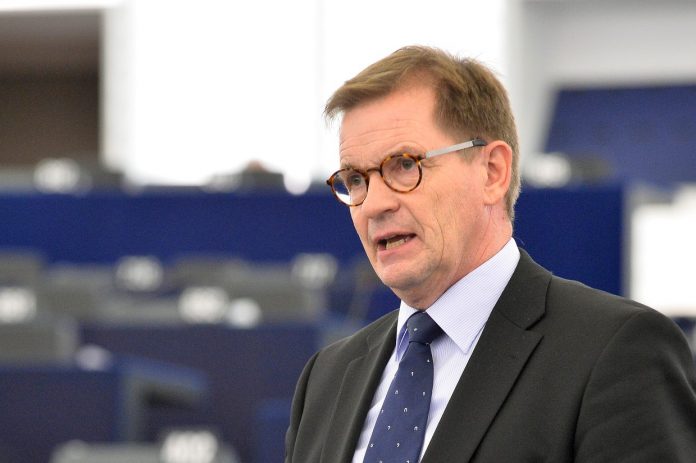Near zero-energy buildings will become a reality in the European Union by 2050, according to new legislation backed by the European Parliament on April 17.
Voted through with 546 for, 35 against and 96 abstentions, the new legislation requires member states to develop national long-term strategies to support cost-saving renovation of public and private buildings, with a view to reducing emissions in the EU by 80-85% compared to 1990 levels.
According to the MEPs, these long-term goals to renovate the existing building stock will ensure investment certainty and new financing tools for citizens and businesses.
The new directive will also introduce electro-mobility requirements for new buildings and those undergoing major renovations, such as the location of at least one recharging point for electric vehicles in buildings with more than 10 parking spaces.
The text introduces the “smart readiness indicator”, a new tool to measure the ability of buildings to improve their operation and interaction with the grid, adapting energy consumption to the real needs of the occupant. The European Commission will develop this concept by the end of next year.
“The successful revision of the buildings directive is a clear signal that we are serious about our international climate commitments and about completing the Energy Union,” said Bendt Bendtsen (EPP, DK) rapporteur. “Buildings have a fundamental role to play in these efforts: we set a clear direction for improving our buildings in Europe. We will give investors certainty that energy renovation is an area of priority for the future.
Bendtsen also stressed that we spend more than 40% of European energy consumption in buildings which makes it imperative that buildings perform better, enabling a cost-efficient and significant contribution to lower CO2 emissions, as agreed in the Paris Climate Agreement (COP21).
“At the same time, it will lower our dependency on imported energy, for example Middle Eastern oil and Russian gas. This is an important feature to achieve the Energy Union inside the EU”, Bendtsen said.
As for the Socialists and Democrats (S&D) Group, there is also a need for a swift transition to an increased use of renewable energy, and also to improve housing conditions and energy insulation for the average citizen.
S&D MEP Miapetra Kumpula-Natri said: “We are now setting out on a path to transform Europe’s building stock. The increased renovation rate will bring investments and jobs, and will also bring down energy costs for households. Through the long-term renovation strategies, we can further improve quality of life, such as healthy indoor climate conditions. Tackling the energy use of buildings is a key component in Europe’s answer to the Paris agreement. In the directive we sought to introduce new tools and measures such as mandatory building automation for large non-residential buildings.”
“The S&Ds have tried for a long time to improve life for energy-poor households (estimated to be up to 11% of EU households),” said S&D spokesperson on energy, Dan Nica. “Now, finally, EU countries will have to outline actions that help to reduce energy poverty while supporting equal access to financing tools for energy-efficiency renovations for vulnerable households. We ensured that financial incentives to renovate also have a consumer perspective that takes into account cost-efficiency differences between member states.”

